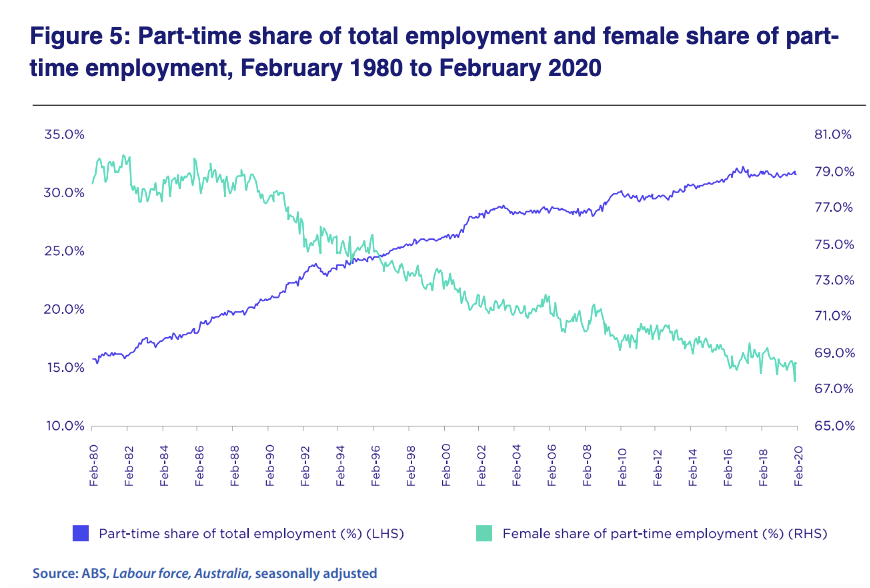Australia
In total 26 companies took part in a 4 day work week trial
4 Day Work Week in Australia
In August 2022, Australia initiated a significant shift in work culture by starting a pilot program for the four day work week. This trial, involving 20 companies, marked a pivotal change from the traditional five-day work schedule that most Australian employees were accustomed to.
This six-month trial saw employees working 80% of their typical hours while maintaining full pay, a revolutionary approach in Australia's work culture. A wide range of companies were included in the pilot, all the way from “finance to fashion.”
Orchestrated by 4 Day Week Global, a non-profit organization, this program is part of a broader initiative that also includes similar pilots in the UK and New Zealand, positioning Australia at the forefront of this global work revolution.
The outcomes of the Australasian 4 day work week pilot are compelling, demonstrating the potential impact of this initiative on the Australian workforce:
1. Trial Participants
- 26 companies participated in the trial, primarily located in Australasia, with participation from Europe and North America as well.
- Majority of the companies had 11-25 employees, with representation from various industries like Professional Services, Marketing/Advertising, and Manufacturing.
2. Business Outcomes
- Companies rated the overall impact of the 4-day week trial as 8.2/10.
- Attraction of new employees rated at 8.3/10 with the 4-day workweek.
- Productivity was rated at 7/10 and performance at 6.8/10.
- There was a 44.3% decrease in the number of sick and personal days taken per employee per month and an 8.6% decrease in average resignation rates.
- 95% of the companies wished to continue with the 4-day week model.
3. Employee Outcomes
- Employees rated the 4-day workweek trial as 9/10 with 96% wanting to continue.
- Over half (54%) reported an increase in their productivity compared to their lifetime best.
- Almost all participants (96%) reduced their worktime, with 88% getting one full additional day off per week.
4. Health and Well-being Outcomes
- 64% of employees experienced reductions in burnout and 38% felt less stressed with the 4-day workweek.
- Almost half of the workers reported a decline in negative emotions and an increase in positive emotions was reported by 62% of employees.
5. Work-life Balance Outcomes
- 65% of the employees were more satisfied with their time during the 4-day workweek.
- Conflict between work and family declined for 49% and 48% of employees respectively.
- Exercise frequency and duration rose for a significant proportion of the sample, and a significant number of men in heterosexual relationships increased their share of housework and childcare.
6. Environmental Outcomes
- Time spent commuting fell by 36 minutes per person per week during the trial.
- 42% of employees took up more environmentally friendly activities during the trial.
7. Future Prospects
- The trial results suggest a clear preference for the 4-day workweek model both from businesses and employees, showing promise for wider adoption in the future.
Would you like a 4 day work week?
Working Hours in Australia
Typical working hours in Australia vary by occupation and industry. But on average, the Australian working week is 36 hours, Monday through Friday.
For trade occupations, the work day is usually from 7 AM until 3:30 PM. Office working hours are typically from 9 AM until 5 PM.
According to Australian law, the maximum time an employer can expect employees to work is 38 hours per week.
Overtime in Australia
In Australia, labor laws regarding overtime are designed to protect the rights and interests of workers. According to the Fair Work Act 2009, employees who work beyond their standard hours of work are entitled to receive additional pay or time off in lieu.
Depending on the industry, employment agreement, time, and day of overtime work, overtime pay rates vary. Overtime must not be forced upon employees by employers.
Furthermore, the law provides for rest and meal breaks throughout a shift to ensure employees have sufficient time to rest and recharge. Australia's overtime laws aim to provide all employees with fair and safe working conditions.
Vacation Policy in Australia
In Australia, workers are entitled to 4 weeks of paid leave per year. Shift workers have 5 weeks per year. These hours accrue throughout the year, and any unused hours are added to the next year’s vacation time.
The total hours of leave granted are directly proportional to the employee's regular work schedule, now potentially including the 4 day work week. For example, someone who normally works 30 hours per week would receive 120 hours of annual leave per year.
In addition to their annual leave, employees in Australia enjoy paid public holidays. The exact number of holidays varies by territory, as some are region-specific.
If a holiday falls on a day when an employee is already on leave, that day isn’t subtracted from their annual vacation days if it’s a day they would have worked.
Part Time Working in Australia
Part time employees make up a significant portion of Australia’s workforce. Over the past 40 years, the rate of part time employment has steadily increased, from 15.7% of total employment in 1980 to 31.7% of total employment in 2020.

Currently, there is a significantly higher portion of women working part time than men. As of February 2022, women comprised 68.5% of all part time workers in Australia.
Remote Working in Australia
Before the Covid-19 pandemic, the rate of remote workers in Australia increased on average by one percent every two years. Data shows, however, that between 2019 and 2021, the percentage of remote workers jumped from 32.2% to 40.6%.
The number of remote workers varies by occupation. As of August 2021, two-thirds of professionals were working remotely, while only 25% of people across other occupations were doing so.